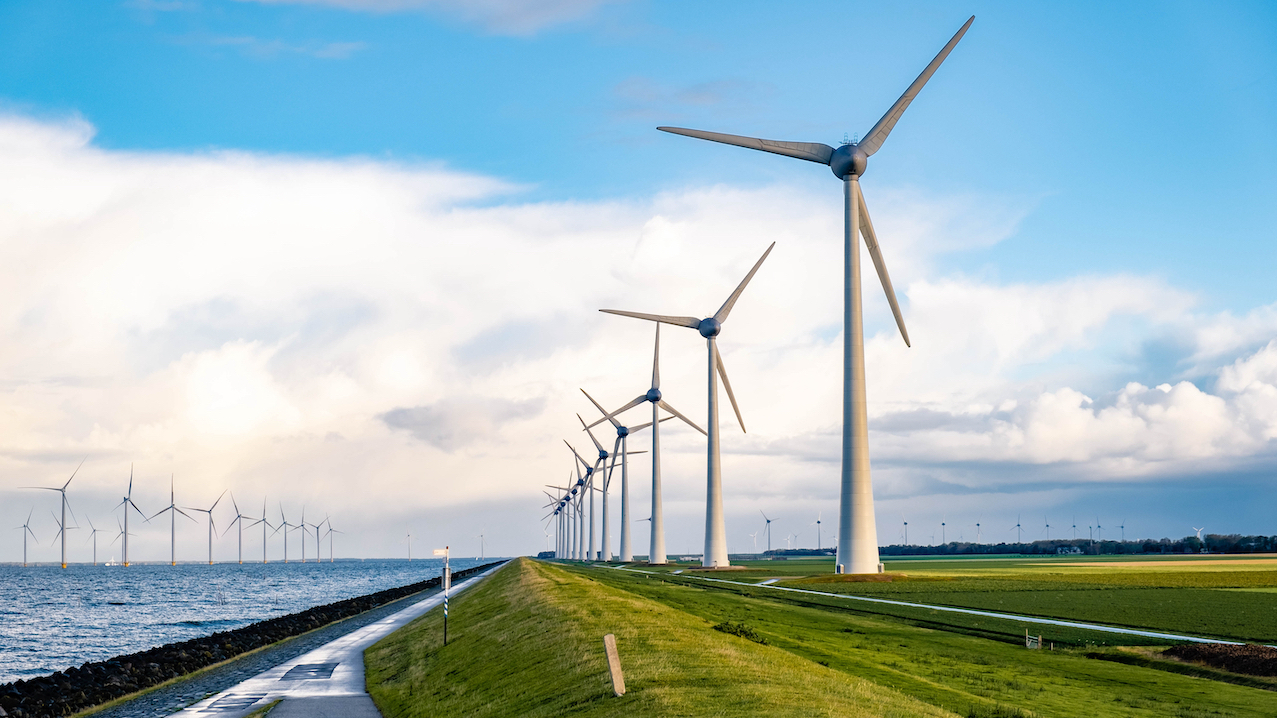Singapore unveils Southeast Asia’s largest energy storage system
Sembcorp Industries and Singapore’s Energy Market Authority (EMA) have officially launched the Sembcorp Energy Storage System. The project has a maximum storage capacity of 285 megawatt hours (MWh) making it the largest of its kind in Southeast Asia. As renewables are integrated into grids, addressing supply issues is a key policy concern. According to the EMA, the project's key benefits include a rapid response time and supply capacity which mitigates supply intermittency of solar power sources. Ngiam Shih Chun, EMA chief executive, said: “Energy Storage Systems (ESS) such as the Sembcorp ESS will play a significant part in supporting Singapore’s transition towards cleaner energy sources. This large-scale ESS marks the achievement of Singapore’s 200 MWh energy storage target ahead of time. It will complement our efforts to maximise solar adoption by storing and delivering energy given the intermittent nature of solar power.”




